This might be proof of alien life
Some academics maintain that Avi Loeb is on another planet. Loeb, a Harvard physicist, has staked his reputation on the idea that that another planet has come to us.
He published research Tuesday which he says proves that an object which hurtled into Earth in 2014 was from beyond the solar system — and could well be an alien technology.
Loeb is the Frank B. Baird Jr. Professor of Science at Harvard and was the longest-serving chair of its astronomy department. He was previously an academic at Princeton’s Institute for Advanced Study, whose faculty has included Albert Einstein and Robert Oppenheimer and his hundreds of scientific papers are matched by a series of popular physics books.
Now he is facing backlash from other astrophysicists who say his claims of a possible alien ship reaching Earth are overblown, and accuse him of “polluting” astrophysics with junk science.
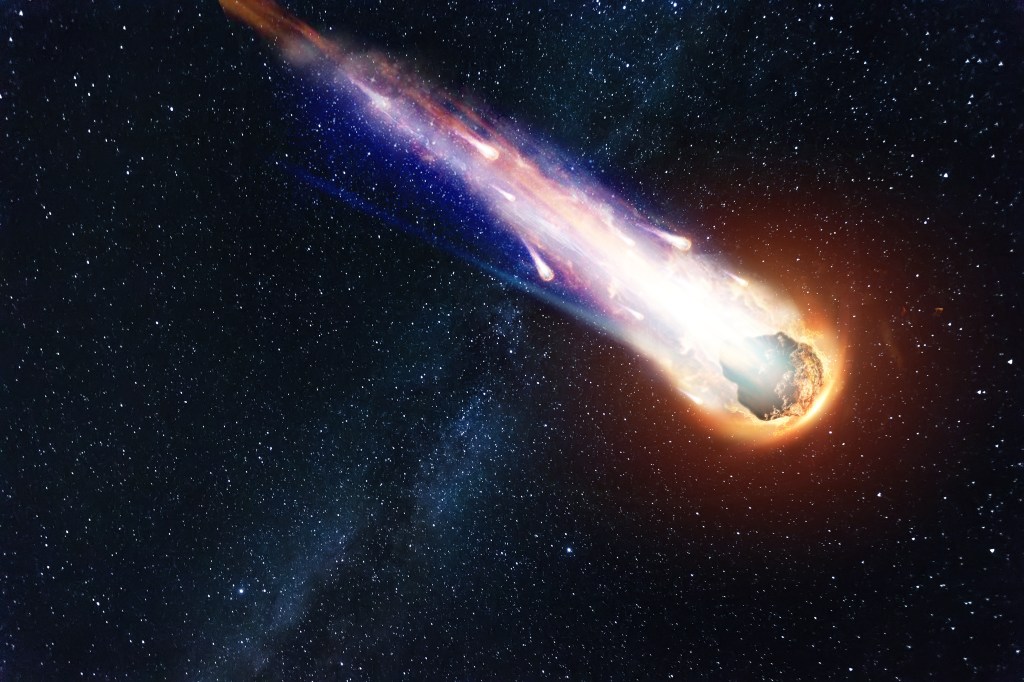
Loeb’s key claim is that he has found materials from beyond the solar system in tiny spheres, smaller than grains of sand, which he raised from depths of as much as 13,000ft in the Pacific Ocean off Papua New Guinea.
He and his crew went there earlier this year to hunt for remnants from an object that hurtled to earth in 2014, as a flaming meteor, and landed in the ocean.
“It was moving very fast, going 60 kilometers [37.2 miles] per second,” Loeb, author of the bestselling “Extraterrestrial” and the just published “Interstellar,” told The Post.
“It disintegrated only at very high air pressure. It was tougher than all space rocks categorized by NASA. This suggested to me that it is something from outside of our solar system. It is interstellar.”
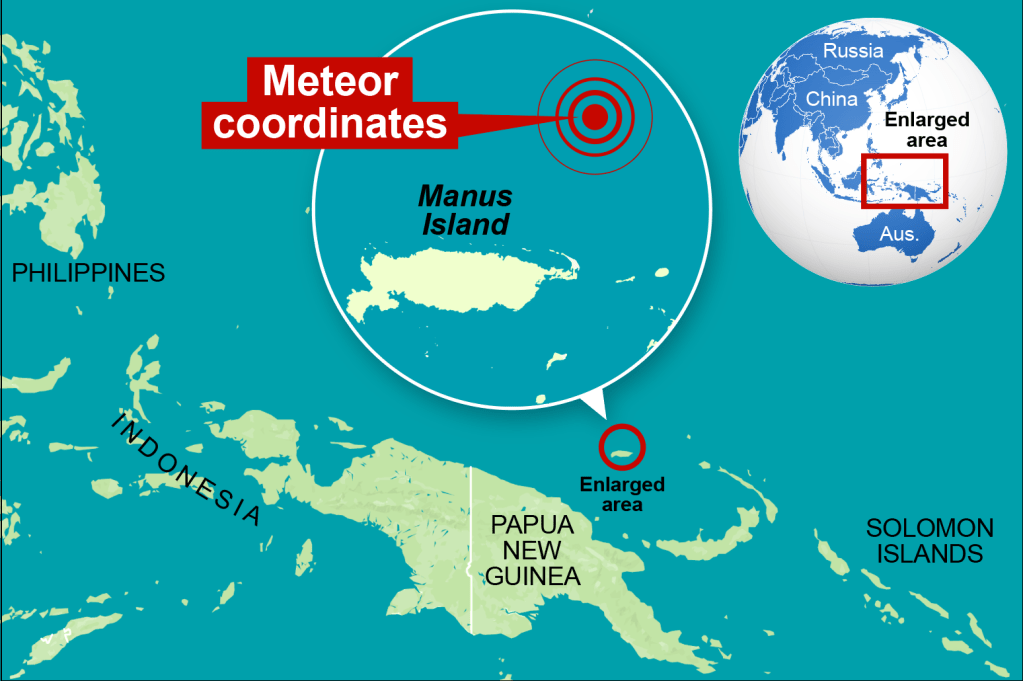
Interstellar means from between the stars: the meteor had come from beyond the solar system, Loeb maintains.
Referring to two NASA craft which have become the first human objects to leave the solar system, he added, “Imagine us launching a Voyager and it collides with another planet.”
What Loeb and his crew of more than two dozen retrieved from the bottom of the Pacific were tiny spheres made of a substance that he nicknamed BeLaU.
It stands for the different elements found in the metallic material: beryllium (an alkaline earth metal with high heat-capacity), lanthanum (a soft, silvery white metal) and uranium.
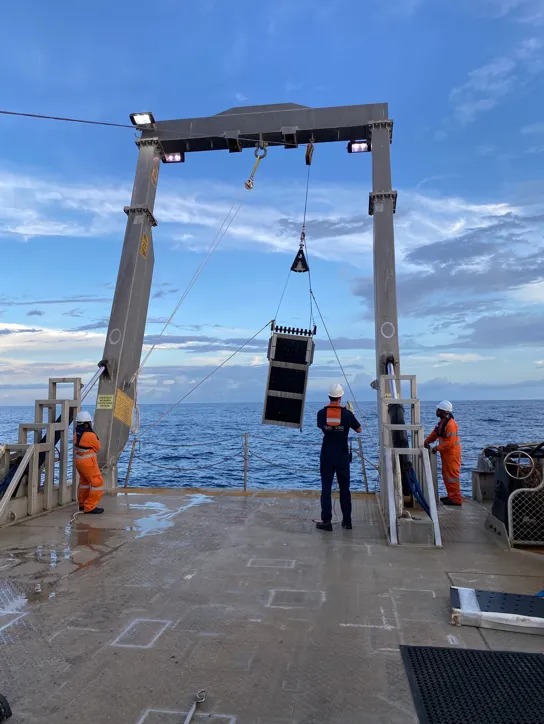
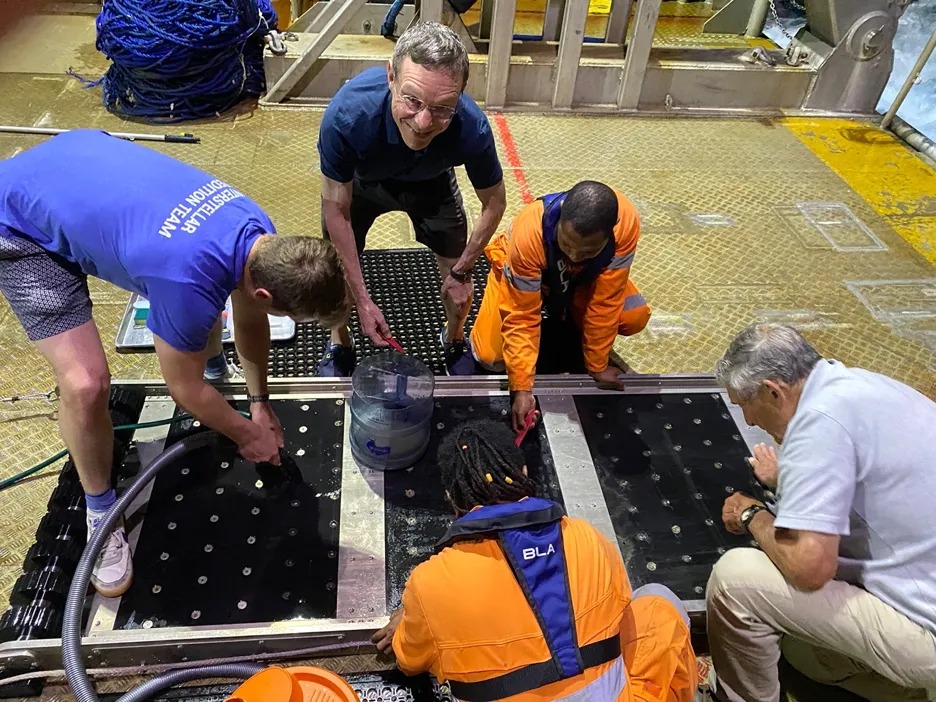
Once he recovered the material – it came up from the ocean, he recalled, “and I hugged the person next to me” – it was shipped to Harvard and analyzed by Stein Jacobsen, a professor of geochemistry at the university, who is, according to Loeb, “very conservative.”
No less an unimpeachable source than the US Space Command went on to confirm, with “99.999 percent confidence” that the tiny spherical objects were interstellar, he said.
The elements themselves are common enough, but are not found in the heavy concentrations evident in what Loeb and his team pulled up from the ocean floor.
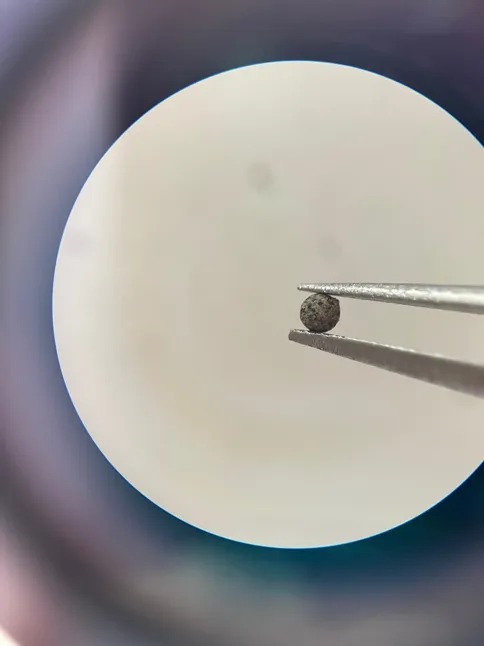

“The composition of uranium is 1,000 times what you find on earth,” Loeb said. “It’s like baking a cake with a lot of sugar. This is a cake that we do not normally see.”
He added that the abundance of beryllium seems to be a “flag” that the objects come from interstellar space, where cosmic rays can produce highly concentrated beryllium.
“Without a doubt, though, it is interstellar,” he said. “That, alone, is a big deal. This is the first time we have analyzed material that came from outside of our solar system.”
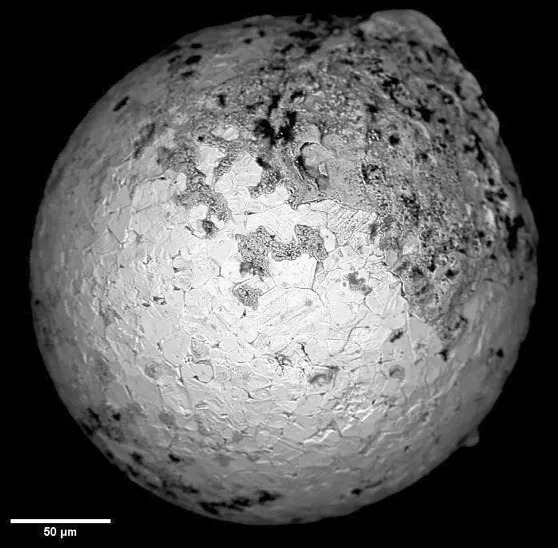
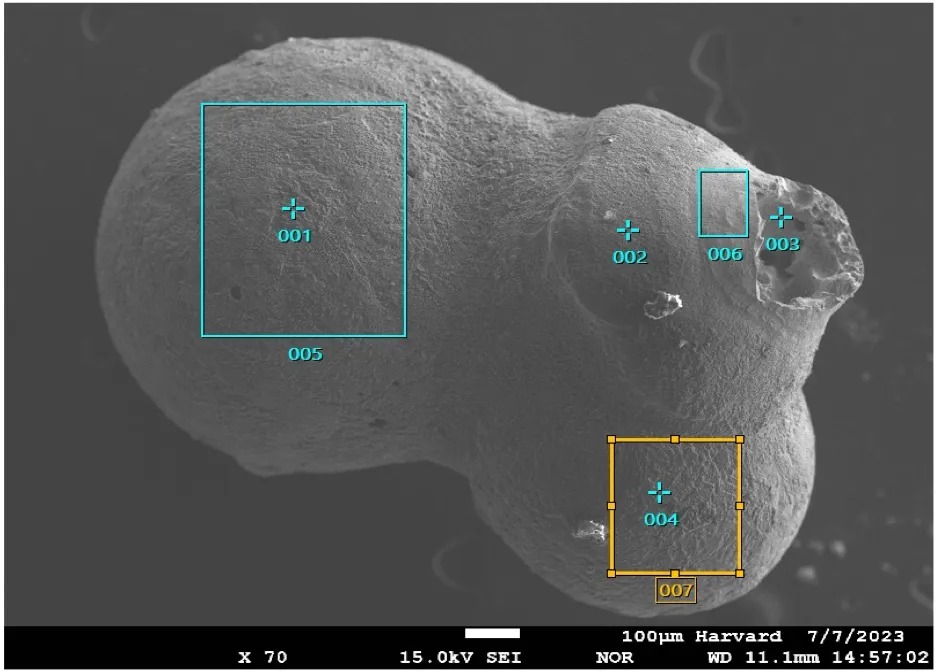
Loeb maintains an open mind as to the actual flying object’s origins. He allows that it could be natural in origin, having come from a molten ocean on a faraway planet, or could be the remnant of an exploded star.
The third possibility, of course, is the most intriguing: “There is a possibility that it was put together with technology.”
This is Loeb’s way of saying that he’s found tiny pieces of a spacecraft constructed by aliens. “We need to look around us and see if there is space travel from other civilizations,” he said.
This is not the first time he’s applied scientific thinking and the credibility of a Harvard professorship to positing the idea that we are not alone.
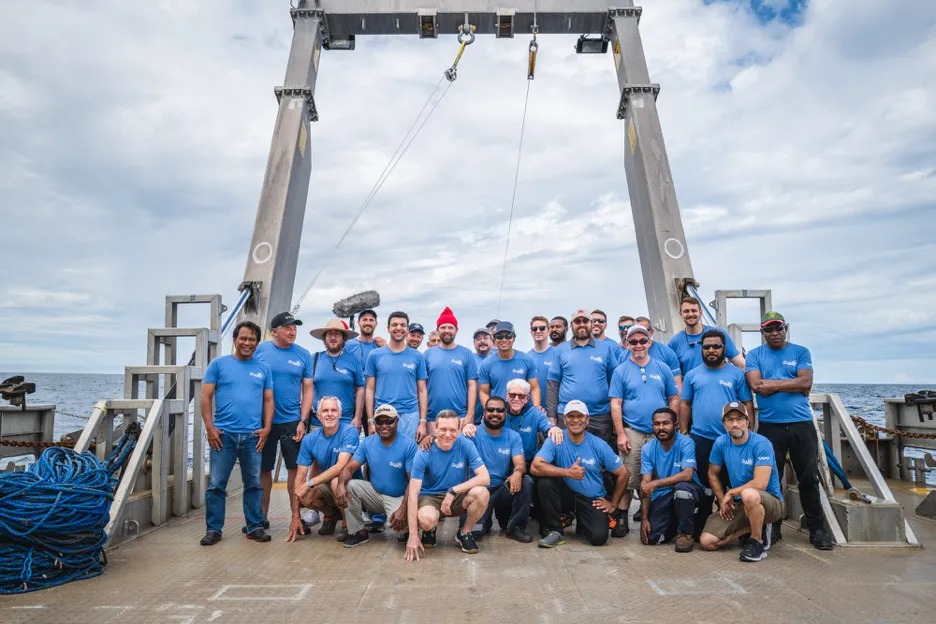
Understandably, it’s the kind of stance that enrages people more cautious in the field than Loeb. Michael Garrett, a professor with University of Manchester in the UK, told the Daily Mail, “I’d be surprised if this recent effort is going to produce conclusive evidence that extraterrestrial spacecraft… are responsible for these spheroids.”
Steven Desch, an Arizona State University physicist, went so far as to rail that Loeb is “polluting good science – conflating the good science we do with this ridiculous sensationalism and sucking all the oxygen out of the room.”
Dr. Matthew Genge, of Imperial College London, added that he was “very skeptical” about Loeb’s beliefs.
Loeb is unruffled by his critics and their views. “People who are not practicing science have opinions,” he fired back. “What I’m doing is not about opinions; it is about collecting materials and doing analysis.”

He plans on continuing to do it in the cause of figuring out where these objects that “look weird” came from and what they mean.
“We’ll be able to tell by finding bigger pieces,” Loeb said. “That will be the purpose of our next expedition. Now that we know where to go, we can use sonar technology on the ocean floor to tell the difference from a natural object and a technological object. Maybe it will have buttons on it. We need to check it. We need to be open minded. We should not assume that everything we see is a rock.”
Read the full article Here


